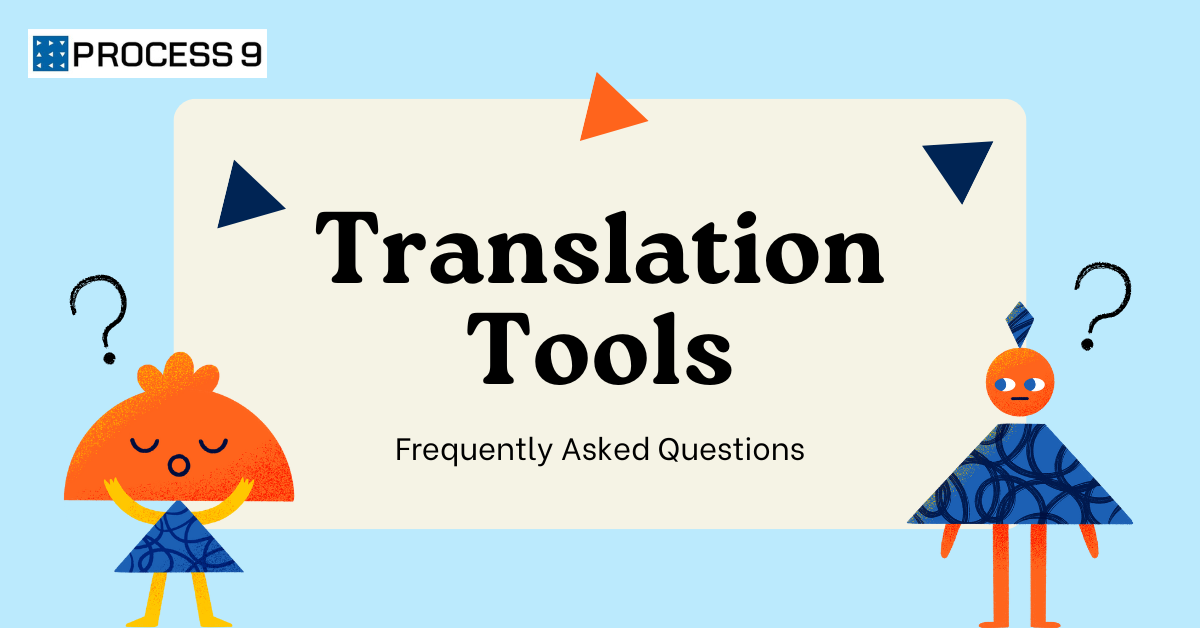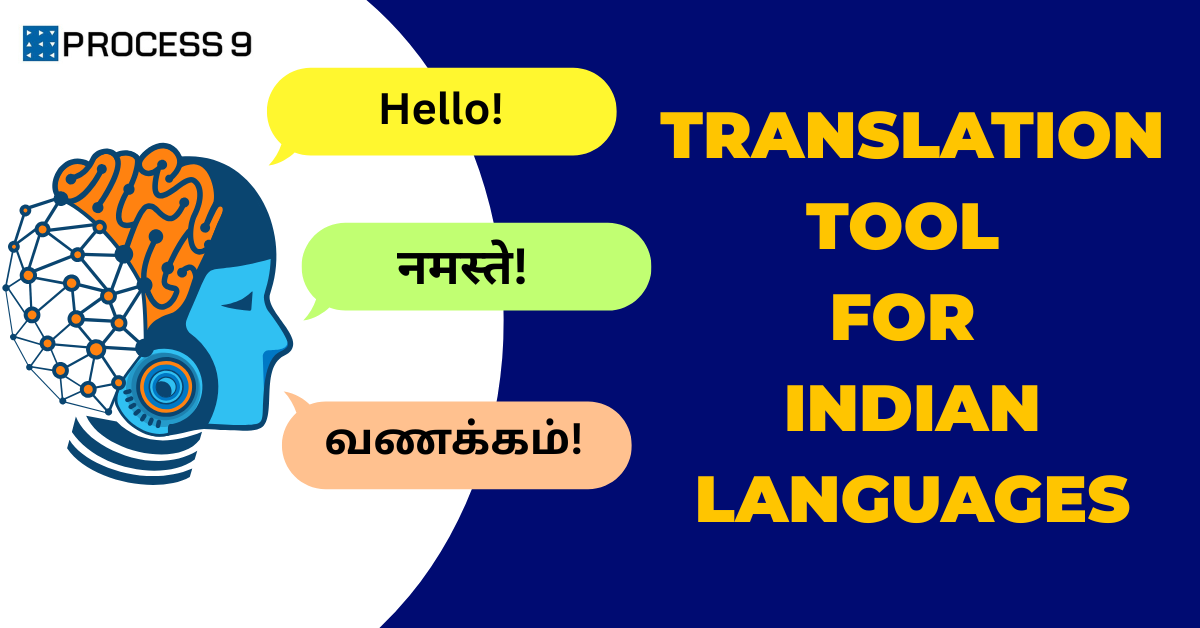Microfinance began in the early 1980s to support low-income people with limited access to traditional banking services. Lack of institutional and technical framework curbed the growth of microfinance. For the time being, however, there are many significant changes in the operation of microfinance industries with revolutionary digital transformations. Recent times, these have been contributing to the growth of microfinance. This growth is specifically visible in the rural region, where most of the opportunities lie untapped.
The microfinance industry has an everlasting impact on about 139 million people, 65% of whom belong to rural India. Women in rural India account for 99% of recipients of microfinance in India. Growing rural markets and internet users have boosted the demand for microfinance loans. Thus, the microfinance market is estimated to grow at a CAGR of over 40% by 2025.
According to the former president of the World Bank, James Wolfensohn, microfinance effectively contributes to banks’ overall aim to minimise poverty and elevate the standard of living by encouraging investment in people through easy loans with proper guidance. Thus the two vital commodities of microfinance are information and capital. Information regarding the policies, loans, and procedures of availing microfinance should be readily available to ordinary people.
Pillars of digital transformation in Microfinance
When we talk of financial inclusion, the first step is the improvement in digital inclusiveness. The three key pillars of digital transformation to enable this inclusiveness are as follows:
- Access to smartphones and banking apps
- Enabling digital infrastructure in rural regions
- Access to information in regional language
The first and second pillars are already achieved through digitisation services of financial institutions. However, the third pillar is still struggling to manifest its strength in the market. The earlier governor of the Reserve Bank of India, Raghuram Rajan, was quite vocal about this and stated that customers connect well with financial institutions when communication occurs in local or regional languages.
As the growth target of microfinance is 25 to 30% annually over the next three years from the financial year 2020, localisation secures an inevitable role in its growth. Mohammad Yunus, the founder of Grameen Bank, said that customers should not go to the banks. Instead, banks should go to their clients.
The microfinance institutions that want to target large customer pools and provide much-needed credit to grow financially must present themselves in a user-friendly manner. They need to understand and address people’s diverse needs, which vary across states and territories. In terms of opportunity size, rural markets pose an excellent opportunity for them. Nearly 67% of the Indian population lives in rural areas, and micro-lending firms need to establish a connection with customers for better financial inclusion. They often realise that language becomes a significant barrier considering 22 different languages are spoken in India, not considering the various dialects.
A vernacular banking app and multilingual website can help build a closer connection with the customers in the rural region, as according to a survey, 96% of rural people tend not to speak English. Websites are also a fantastic medium through which a financial institution can position its products for the public. Here again, to overcome the language barrier, Website translation in various regional languages can play a critical role in connecting with diverse audiences and do more business.
Localisation in Microfinance
But different sectors require different localisation services specific to their needs. One of the essential elements of localisation is translation. MoxVeda is a platform that provides real-time translation of websites and mobile apps to reach, acquire, retain, and engage varied customers from all over the country.
The high-tech products of Process 9 channel communication in local languages for the workers and the customers. It facilitates efficient workflow and better connection with the clients. Rural areas are experiencing a digital transformation, and there is a stark increase in the willingness of rural customers to adopt digital techniques.
Driving force of Microfinance
Rural lenders are the significant driving force contributing to India’s revival. The digital shift is sustainable and will evolve in the next few years. Thumuluri, the CEO of Sub-K transactions, says that COVID has been a significant factor to trigger demand for borrowers at the micro-level. He said that India would see a better and faster recovery due to the digitisation of micro-lending institutions.
There are 227 million internet users in rural regions, 10% more than urban areas, which accounts for 205 million internet users. Growing rural markets and internet users call for more advanced, effective, and secure financial services to bridge the gap between clients and lending institutions.
MoxVeda is the new age digital product that localises website content without any security breach. The platform enables a better reach to the customers by translating the website content instantly. It requires no manual effort to keep the English and the translation of the site in sync. According to a survey, 72% of internet users faced difficulty in digital payments due to the language barrier. The advanced technology used in MoxVeda recognises English content automatically and translates it into your choice of language within no time.
Financial inclusion is not only about the creation of bank accounts but is also about delivering the products and services that can address and resolve individual needs effectively. So, the financial institutions need to provide an end-to-end effective communication channel while considering the company’s time, cost, data security, and effort.
Artificial intelligence-based translation systems ensure accuracy, speed, and expert translation of large content without compromising data security. MoxWave is based on an advanced AI system that enables quality translation of large-scale content from English to other languages.
Conclusion
The digital transformation towards customer-centric operations will be built on the base of influential connections that are developed by reaching customers with no geographic constraints. The increasing usage of mobile phones and the internet is enabling micro-lenders to expand their business. An effective platform like Process 9 and its products MoxVeda and MoxWave enables high-quality translation. It identifies a website’s specific needs and provides customized services to help the business grow and survive in the long run.







Share: